As murderer Dennis Nilsen languished in custody, one woman who could never give up on him was his mother.
Betty Scott from Fraserburgh doted on her boy, even after his horrors were revealed.
But she would go to the grave, devastated, after he spurned her attempts to meet one final time.
Dennis was a ‘black sheep’
Betty could barely believe her son was capable of the heinous crimes he had been convicted of.
Necrophiliac Nilsen was sentenced to life 40 years ago for brutally murdering and dismembering at least six men, even proclaiming himself “murderer of the century”.
Immediately after the conviction, Betty said: “He was a black sheep, but he was always my son.
“It cannot sink into me that he could do that.”
And despite everything, he remained Betty’s “quiet, shy and artistic son, who could never be nasty or vicious”.
Born in 1945 into a hasty wartime marriage, Nilsen never knew his absent father, Olav, who served in the Norwegian forces.
Olav, described as having “a hint of cruelty” about his eyes, abandoned Betty and their young family when Nilsen was only two.
Nilsen, older brother Olav Junior, and younger sister Sylvia continued to live with Betty at her parents’ house in Fraserburgh.
But in 1954, Betty married Adam Scott, and the family moved to Strichen, where she went on to have another four children.
Gentle boy who looked after birds
Nilsen, who had enjoyed living in Fraserburgh and taking long, coastal walks with his beloved, late grandfather Andrew, was unsettled by the move to the countryside.
A bit of an outsider, those who knew Nilsen growing up described him as quiet and mild-mannered, but otherwise normal.
Betty painted a picture of a gentle lad, she said: “As a boy, he used to pick up little birds that had fallen out of their nests.
“He was always saying ‘mam, get out a shoe box’. He would make up a nest in the bathroom and help them back to life.”
When the bird had been nursed back to health, he would open the window and set it free, and Betty would see his sadness that it had gone.
Parallels were drawn between Nilsen’s desire to save stricken birds, and his lonely, murderous tendencies later in life where, by his own admission, he played God when it came to choosing the fate of his victims.
Nilsen never returned to family home
Nilsen had a love of the arts, he was a talented artist and had a penchant for classical music and opera.
Betty was therefore surprised when he left school at 15 and enlisted in the Army Catering Corps as a boy soldier.
On leave, Nilsen would return to Strichen, spending hours holed up in his room until the early hours writing poetry, and would also cook up treats for his younger step-siblings.
Betty recalled how he would tell them jokes and stories, and how popular he was with the little ones.
But after that, she saw less of her soldier son and he didn’t return home again until he demobbed in 1972.
He spent around five weeks in Strichen before moving to London to join the police, and thereafter the Civil Service.
Betty saw her son for the final time in 1973, and Nilsen never returned to his family home, instead he embarked on a sinister double life in London.
Correspondence with mum was sporadic
As far as Betty was concerned, Nilsen was just busy living the cosmopolitan life of a young professional in 1970s London.
At first, he wrote home frequently. But as the years passed, Betty desperately tried to stay in touch with her son, and would write knowing her correspondence usually went unanswered.
His family knew little of his life, other than sporadic letters revealing how he enjoyed his work at the Job Centre in Soho.
Betty spoke of her pride when Nilsen was promoted, and he sent her a photograph of himself sitting at his new desk.
But underneath his calm demeanor, Nilsen was hiding a horrifying secret.
Nilsen’s gruesome double life revealed
Over the course of five years, he lured several men into his London flats and strangled them.
He chopped up and stored their body parts under floorboards and in cupboards, others he buried in his garden.
He was convicted of killing six wayward young men, but claimed to have killed at least 15, sometimes keeping their remains hidden for months before disposing of them.
Shortly before his depraved crimes were revealed, Betty reconnected with her estranged son once again.
She had phoned him to let him know his step-sister Violet in Sandhaven had had a baby.
“He seemed pleased”, she added.
Just two weeks later, his double life was very publicly exposed.
Chunks of human flesh were found blocking the drains at his Cranleigh Gardens flat.
A Dyno-Rod man was called when neighbours reported a foul smell from the drains, discovering remains, the police were called.
Family came first for Betty
The contrast between his family’s traditional lives in close-knit coastal communities and his abhorrent crimes, slaughtering vulnerable young men was stark.
Betty struggled to link the two.
She worried she had been too lenient with her own children after her own strict upbringing.
After Nilsen’s sentencing, she explained: “I have had a big family. I would do everything I could to help them.
“I did not go out to work. I looked after my family. That was my job. My family came first.
“Now, to think Dennis has done this.”
As the years passed, Betty spoke publicly of her tug-of-war between the love for her son and revulsion over the crimes he had committed.
Speaking in 1999, she said: “He was just nothing like what he has turned out to be. I just don’t understand it. He was quite gentle as a child.”
Mrs Scott added: “I would love to see him, but the thing is that he has got to want to see me. I would just give him a cuddle. He is just the same Dennis.”
Nilsen snubbed his mother’s love
But wielding what little control he could while incarcerated, Nilsen would ignore his mother’s letters and refused to see her.
It was a different kind of cruelty, but his caring mum was also tortured by him.
Betty wanted to see her son and tell him she still loved him.
But he snubbed all her requests to visit him at Whitemoor Prison in Cambridgeshire, and emphatically told her in 2002 that he did not want a reunion.
Nilsen started the letter “Dear Betty”, instead of his usual affectionate “Dear Mum”.
His frail mum said she was devastated when he told her to cancel plans to make the trip from her home in Fraserburgh.
Final act of torment
Betty’s final years were spent haunted by Nilsen’s crimes.
She questioned whether Nilsen even knew why he had committed such heinous crimes.
She said: “Dennis has not killed anyone with malice aforethought. I do not think he knows why.
“When he was arrested, he walked out of one prison into another.
“He had been imprisoned in himself, and we never knew.”
In a 2009 interview for a BBC documentary, then 88-year-old Betty said she still had sleepless nights thinking about the families of the men and boys killed by her son.
She said: “I am always thinking about Dennis. Whenever I go through to my bed and I think about things from my past, Dennis is always there.”
Betty died just weeks after that final interview and Nilsen did not attend her funeral.
She went to the grave in anguish, Nilsen’s final act of torment.
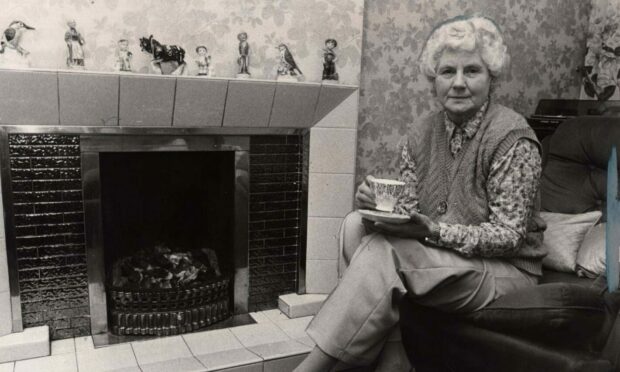

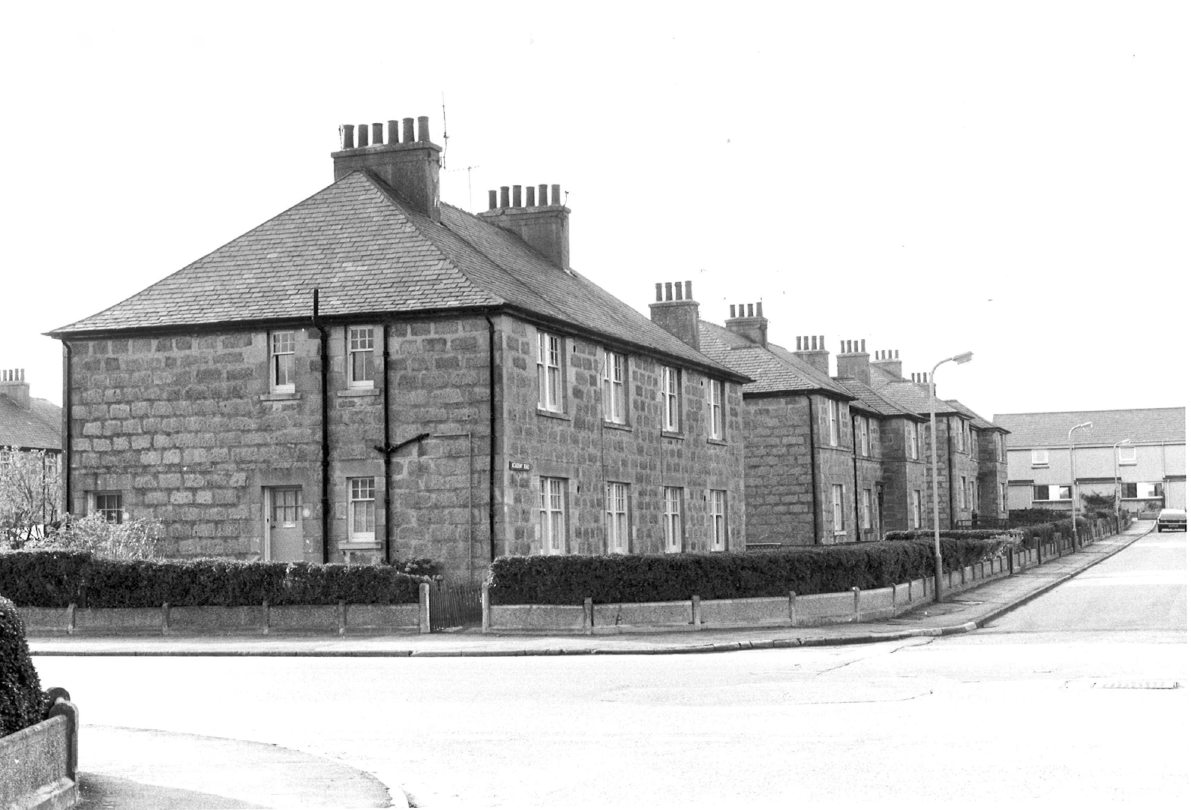
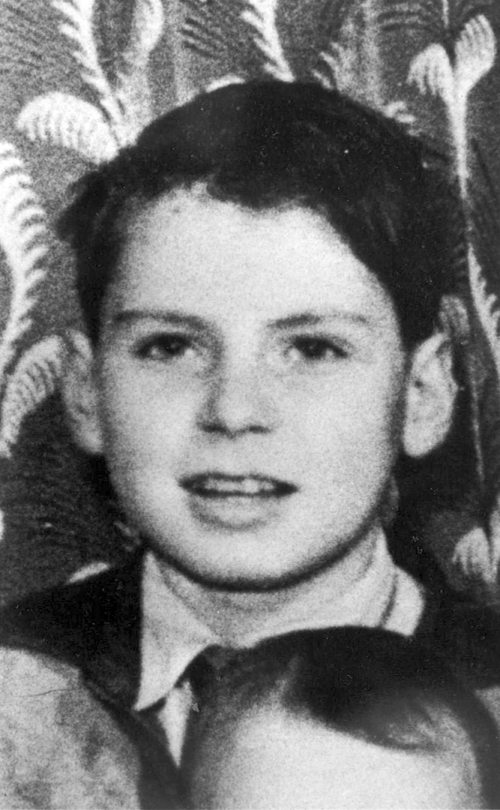
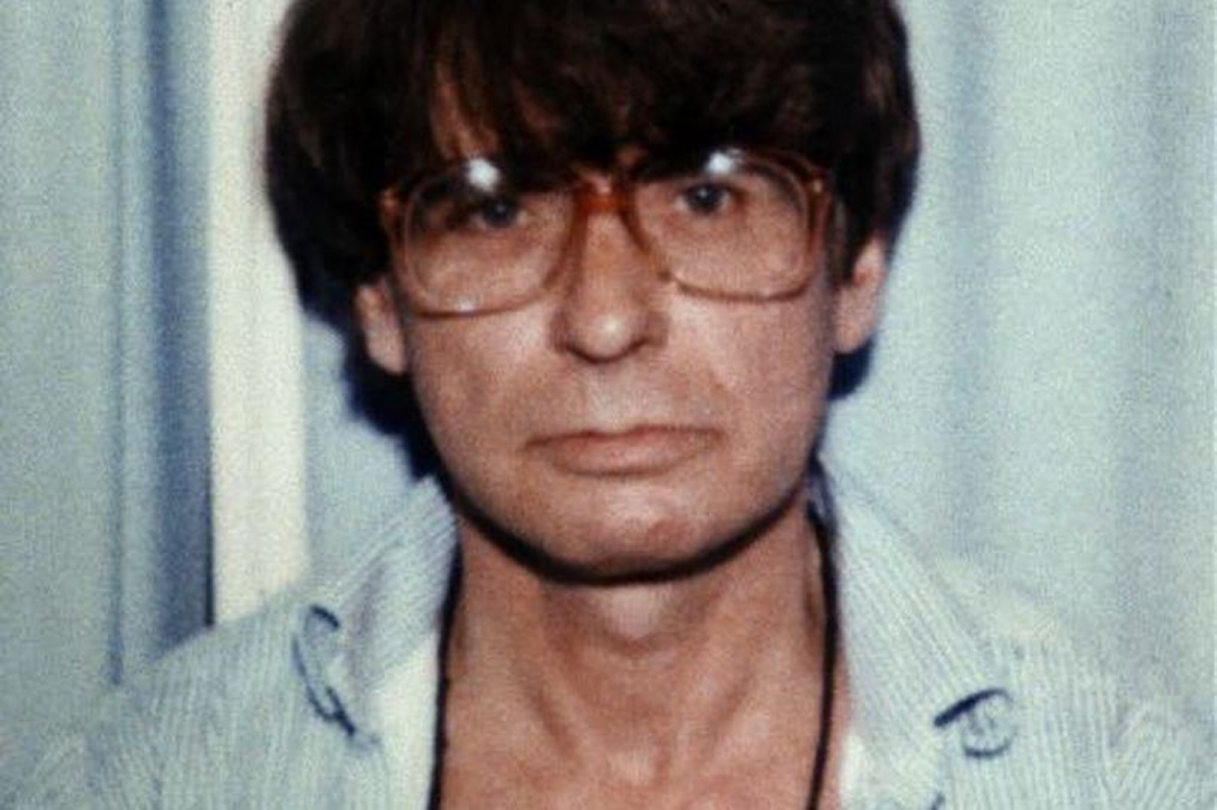
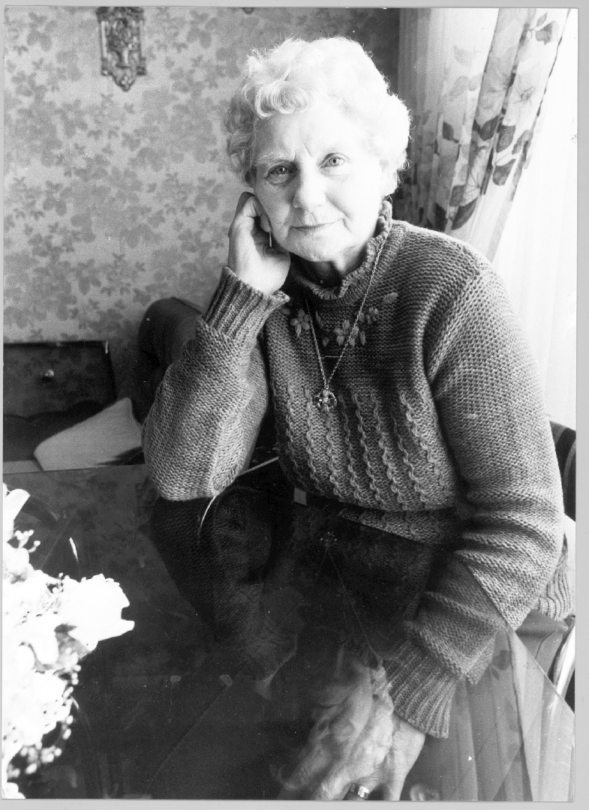
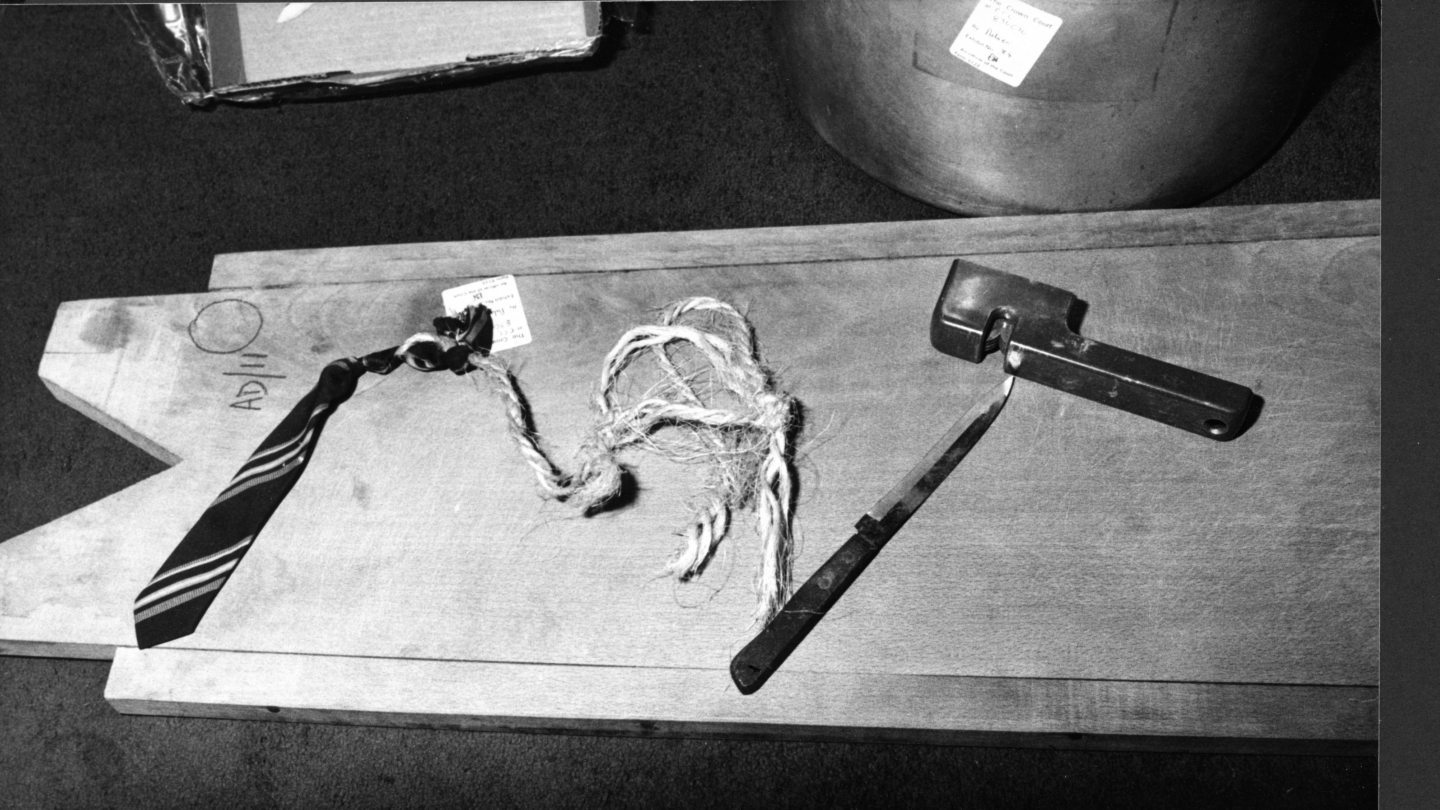

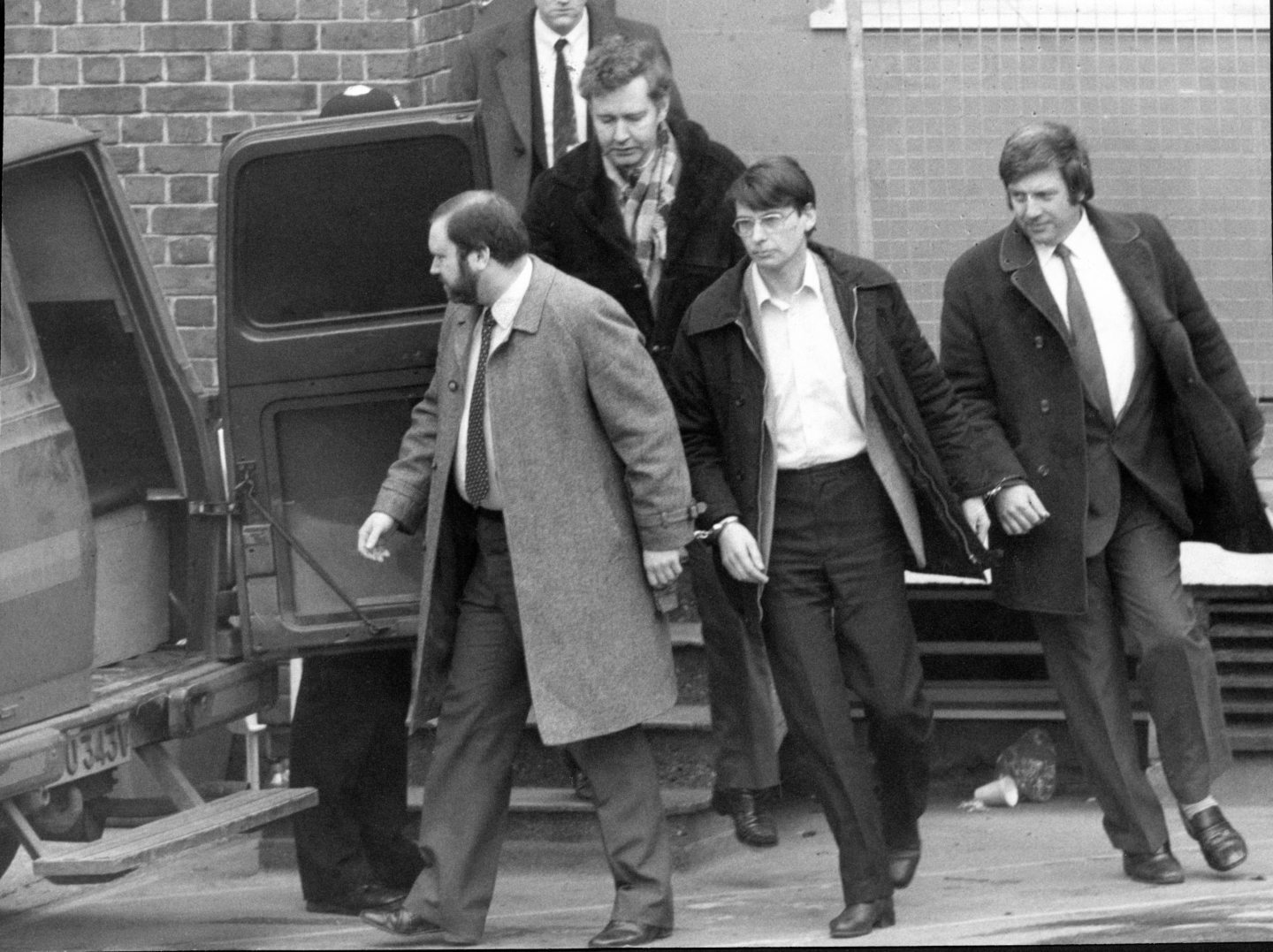
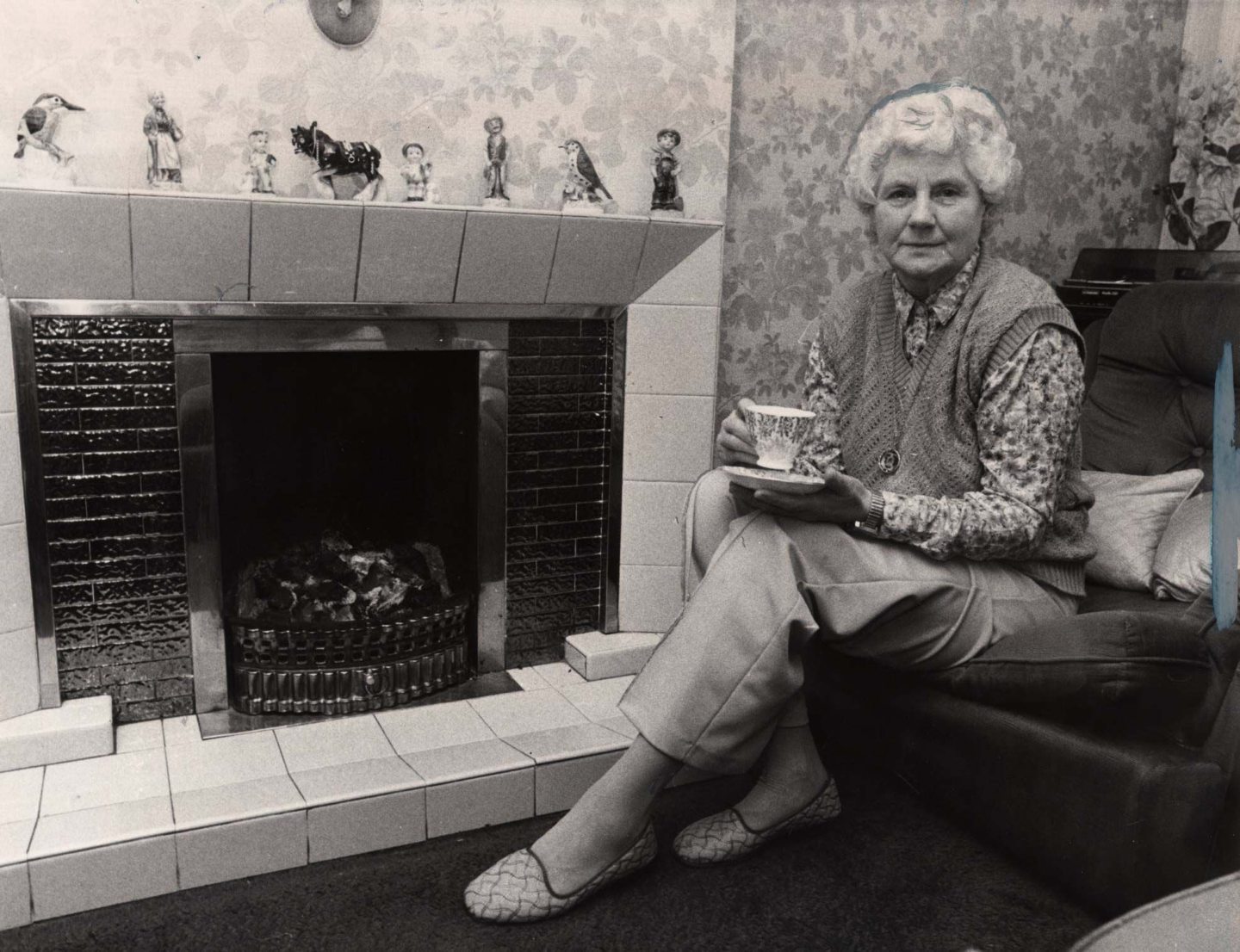
Conversation